Change emails and long video calls for asynchronous video
How Modern Teams Save Time, Improve Clarity, and Foster Deep Work
In the hybrid and remote-first era, traditional communication tools like email and real-time video meetings are increasingly falling short. They slow decision-making, fragment focus, and often lead to meeting fatigue. Asynchronous video—short, recorded video messages that can be watched anytime—offers a compelling alternative.
What Is Asynchronous Video?
Asynchronous video (async video) refers to pre-recorded visual communication sent through platforms like Loom, Veed, Vidyard, or Slack Clips, where recipients can view and respond on their own schedule—no need to align calendars.
Common Use Cases:

Our amazing team is always hard at work
Why Replace Emails and Long Video Calls?
1. Emails Lack Context and Tone
Email is efficient for short updates but fails when explaining complex ideas, sharing visuals, or conveying emotional nuance. Misinterpretations are common, and long threads often go unread.
-
Supporting Research: Studies show that 93% of communication effectiveness is determined by tone and body language—not just words (Mehrabian, 1971). Emails lack both.
2. Video Calls Interrupt Deep Work
Scheduling synchronous meetings across time zones or busy calendars kills productivity. A Harvard Business Review study found that 65% of remote workers say meetings keep them from completing their own work Harvard Business Review, 2020.
Async video allows people to communicate without breaking their focus.
3. Meeting Fatigue Is Real
Too many Zoom calls lead to “Zoom fatigue”—a term now officially recognized by Stanford research (Stanford Virtual Human Interaction Lab, 2021). Constant video presence, lack of mobility, and unnatural eye contact are cognitively exhausting.

